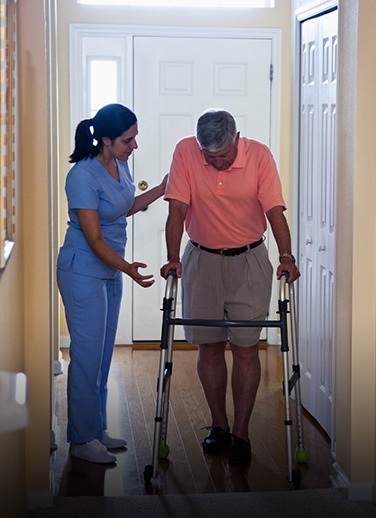
Respite care refers to a temporary stay in a nursing or care facility, where the beneficiary receives a similar level of care as a permanent resident. You will be provided with personal care and hotel-type services as respite caregivers. Based on the needs of the beneficiary and the respite subsidy, the level of care will determine the appropriate level. These facilities offer high-quality care, as well low-level. After completing a form, the beneficiary is placed at the appropriate level.
Residential respite care is funded by the government
There are many benefits to using government funding for residential respite care. It can provide additional support and stimulation to help your loved one lead a fulfilling life. Dependent on your needs, residential respite fees may vary. The accommodation and care components are the main parts of these fees. The subsidised program may not cover temporary respite care. You can, however, apply for additional days.

A variety of programs are available in certain states to help with the cost of respite care. For example, the NFCSP gives preference to seniors with low incomes. Most AAAs determine eligibility based on income and assets. You must earn less than 200% of the federal poverty limit (FPL), in order to be eligible for the federal grant program. For 2018, the income limit for a single person will be $24,280. Married couples can earn $32,920. Individuals from Alaska and Hawaii are subject to higher income limits.
There are many types of respite services
There are many options for residential respite. The first type, out-of-home respite, offers care outside the loved one's home. Adult day care usually offers activities and some type of physical activity for their clients along with a midday dinner. Additionally, staff assist clients with activities of daily life such as taking their medications. Services such as in-home respite are also available. But before deciding which type of residential care to choose, you should consider the needs of your loved one.
It can be beneficial for your health to take a break from the loved one. Respite can be a great option for caregivers. It's not something to be taken lightly. It can be used for several days or weeks. But, if it is needed for a longer period of time, respite care can help. These programs are an excellent option for anyone who is feeling overwhelmed and needs a break.
In-home respite care
Residential respite care is not available for every elderly or disabled person. Home care services can fill the gap. In-home care services can be used to provide companionship, light housekeeping, and even a few hours respite for their caregivers. They are generally billed on an hourly basis and can be booked according to a patient's availability.

The advantages of in-home respite care are multiple. It gives the caregiver a break and gives them a chance to attend to other duties or pursue personal goals. In-home respite provides a new perspective for caregivers. Family members are often reluctant to accept the responsibility of caregivers and may not be trained in all aspects of the job. It is possible to gain a new perspective. For caregiver tasks, professional assistance can provide invaluable tips and tricks.